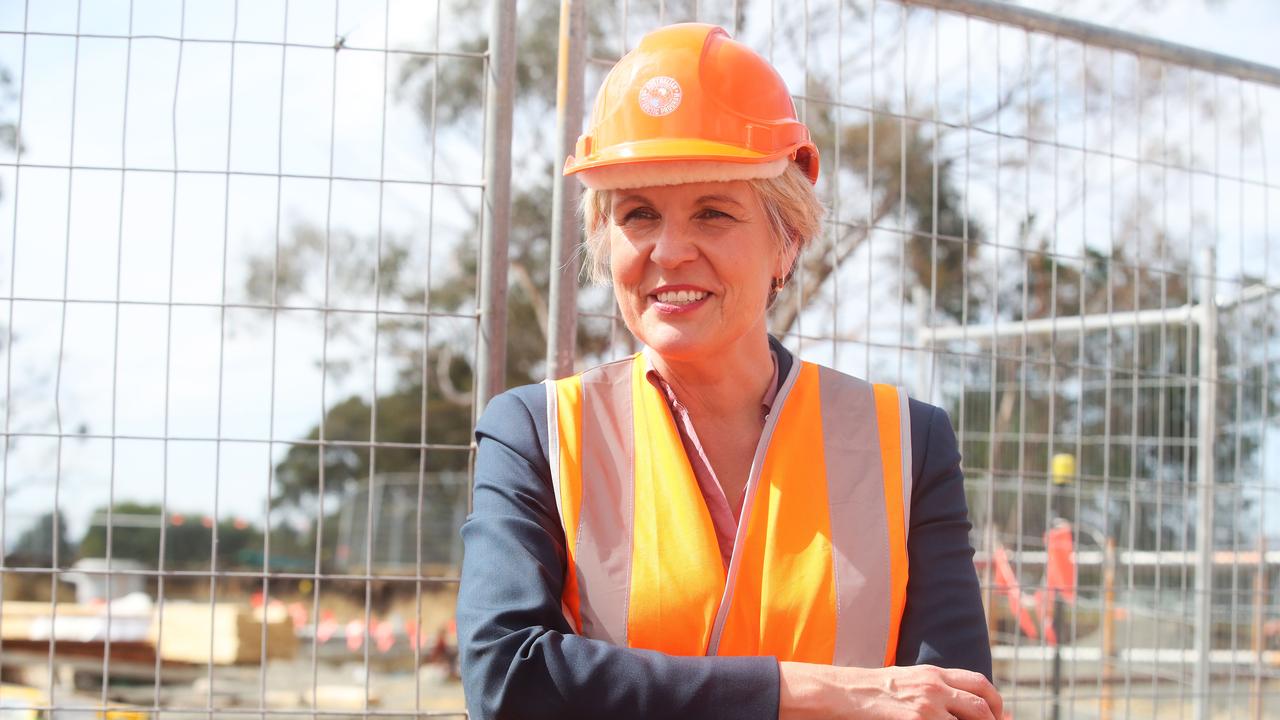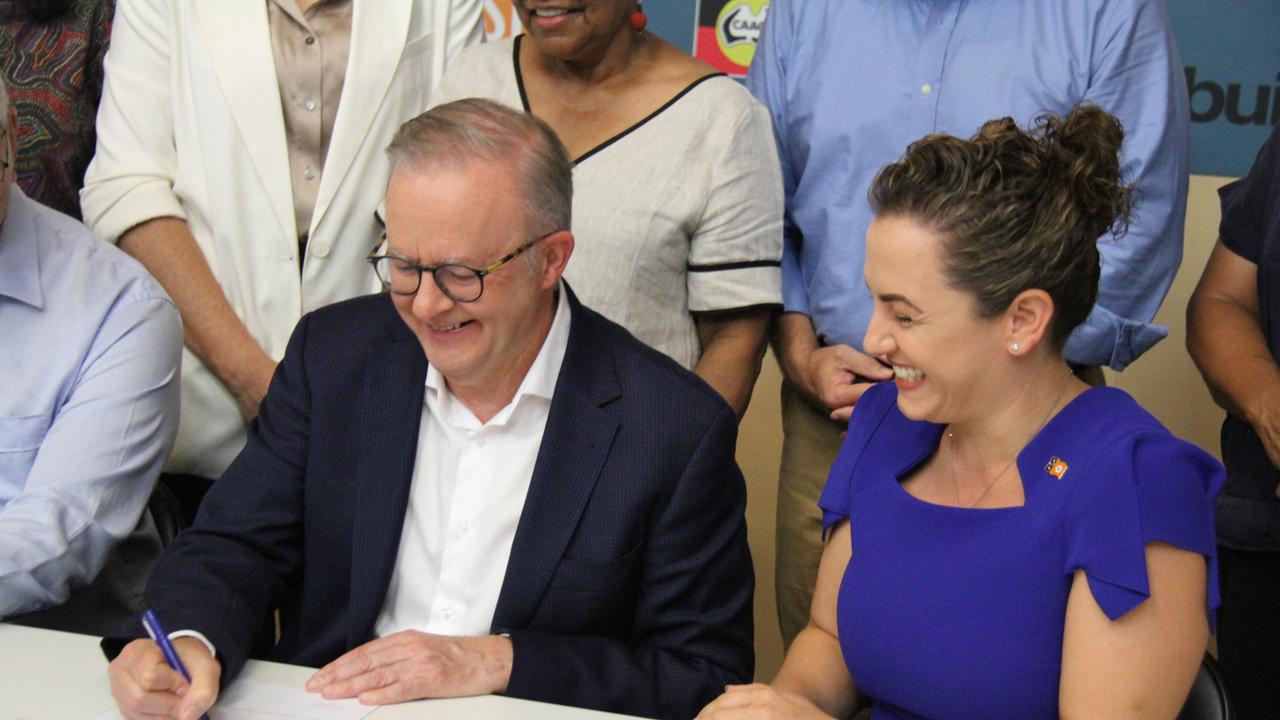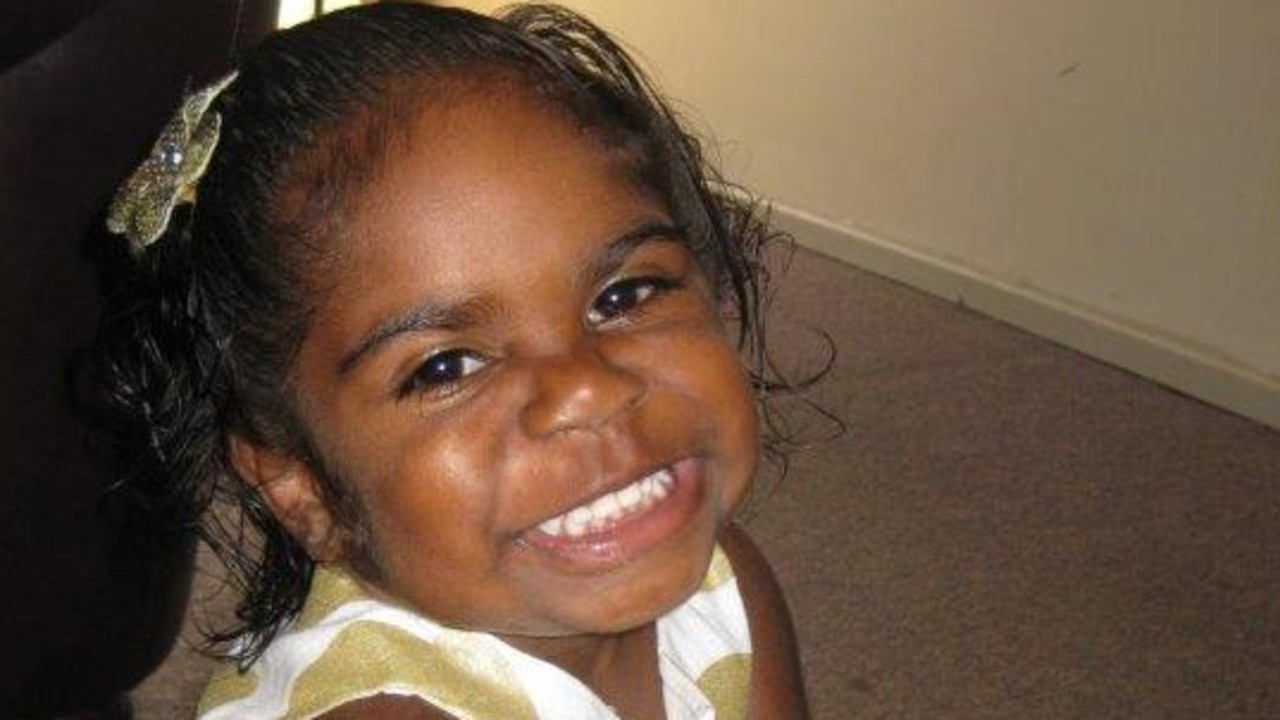Indigenous rebels yell ‘cash’ a factor in Blayney mine process
A fringe Indigenous group responsible for toppling a billion-dollar gold mine wrote to Linda Burney accusing the local Aboriginal land council of seeking ‘financial support’ from miner Regis Resources and of ‘not consisting of traditional owners’.
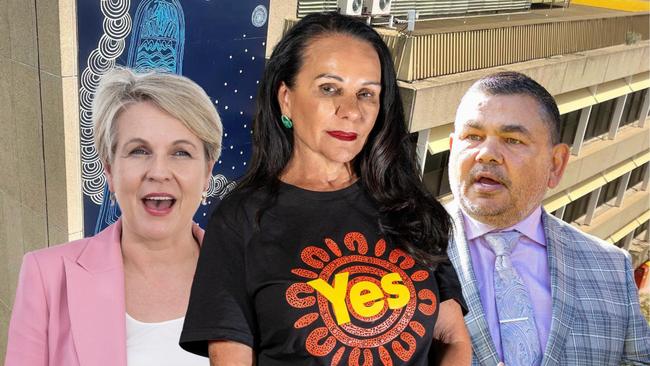
Leaders of a fringe Indigenous group responsible for toppling a billion-dollar gold mine wrote to then-Indigenous Australians minister Linda Burney accusing the local Aboriginal land council of seeking “financial support” from miner Regis Resources and of “not consisting of traditional owners”.
The email, obtained by The Australian under freedom of information laws and written by a co-director of the Wiradyuri Traditional Owners Central West Aboriginal Corporation, says the corporation was “miffed” to learn the Orange Local Aboriginal Land Council had done a “backflip” to take a neutral stance on the mine.
The email detailed eight cultural reasons the Wiradyuri group wanted to see the mine axed, including that the proposed site formed part of the “relational history” of the Stolen Generations, and was where frontier wars were fought in the early 1800s.
The rebel corporation did not provide evidence of the land council requesting “financial support” from Regis, and the council has denied receiving royalties from the project. Two Wiradyuri elders, Neil and Greg Ingram, who are members of the Orange Local Aboriginal Land Council, are recognised as traditional owners and cultural authorities in the region.
The revelations come as local Aboriginal land councils prepare for a crisis meeting in Orange on October 30 to call for a parliamentary inquiry into why Environment Minister Tanya Plibersek issued a “section 10” declaration to halt Regis’ McPhillamys mine in August following demands from the Wiradyuri group.
Ms Plibersek this month revealed her reasons for rejecting the mine depended largely on the blue-banded bee dreaming story, despite the story not appearing in six ethnographic studies completed as part of the mine approval process.
It is not clear what representations, if any, Ms Burney made to Ms Plibersek over the mine. Neither responded to The Australian’s request for comment.
NSW Premier Chris Minns also stressed his disappointment at the mine – which would have injected $200m and hundreds of jobs into the region – being axed, saying the site’s cultural heritage had already been assessed before Ms Plibersek’s intervention. The Wiradyuri group has consistently declined to answer questions relating to its years-long participation in the consultation process for the mine, its members or the blue-banded bee dreaming story.
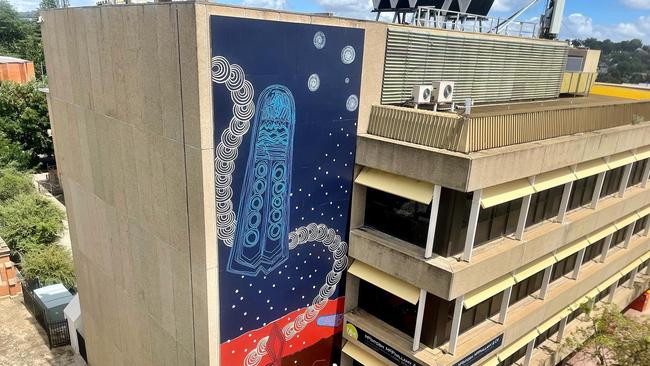
In the email to Ms Burney – a Wiradjuri woman – on March 13, a Wiradyuri co-director (whose name was redacted) says the corporation wanted to “communicate our dissatisfaction” with the consultation process on the mine, and that they were only made aware of a federal-level consultation two days before submissions were due.
“We as volunteers and Aboriginal community members do not have the expertise or previous experience in these processes to have known that we missed a very important opportunity to show the minister and the department the real concerns for both Aboriginal cultural and heritage and the environment, of which as Aboriginal people cannot be considered or assessed as individual entities,“ the email reads. “We would like you to understand our complete disappointment and disbelief that these government systems allow this to occur.”
The Wiradyuri co-director goes on to list eight “heritage components” the corporation believed should result in the mine being blocked, including “artefact deposits” in the Belubula River.
The email also said the proposed site hosted various conflicts during the frontier wars and formed part of the “relational history in regards to the beginnings of the Stolen Generations with George Thomas Palmer and Sameul (sic) Marsden and their wives”.
The co-director said the proposed site was the meeting point of the Galari, Wellington Mob and Bathurst Mob songlines, adding that the Wellington songline “will be impacted by the gold pit”.
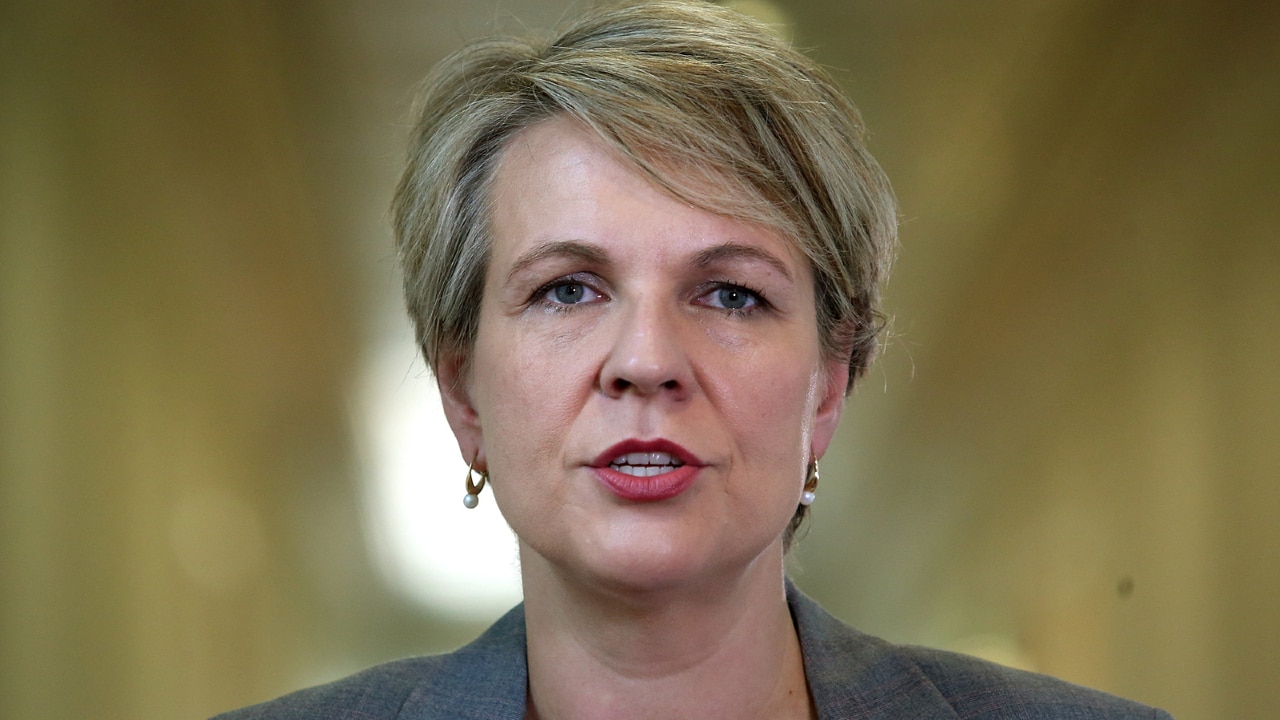
Of the eight claims provided by the co-director, all but one – the blue-banded bee story – were deemed insignificant in the detailed reasons provided by Ms Plibersek regarding her decision.
A mural on the Bathurst post office depicting the blue-banded bee was touted by the Wiradyuri group as independent corroboration of the dreaming story and accepted as valid evidence by Ms Plibersek.
However, The Australian has previously reported the artist behind the mural consulted with Wiradyuri group members on the artwork and was a member of the group at the time of its creation. The Australian also uncovered a significant loan between the Wiradyuri group and the artist’s favoured charity.
The email levelled serious accusations at the Orange Local Aboriginal Land Council for failing to protect the local culture and heritage of the area.
The land council was initially opposed to the mine, but in a submission to the NSW Independent Planning Commission reversed that decision and instead took a “neutral” stance.
The co-director accused the land council of requesting “financial support” from Regis in the submission, which they attached in the email to Ms Burney.
The submission does not appear to reveal any instances of the land council requesting money from Regis, but rather agrees with the company’s suggestion that it employs the council’s services to help undertake “social and cultural mapping”.
In the IPC submission the Orange land council also raises concerns of “people and organisations lacking experience, expertise and authority” holding themselves as “authorities on Aboriginal cultural heritage”.
“We question the motives of people and organisations who participate in promoting unsubstantiated claims and seek to hijack Aboriginal cultural heritage in order to push other agendas,” the council’s submission reads. The land council has vehemently denied money impacted its decision to change its stance on the mine.
“There are all these rumours that they were getting money through royalties but it’s freehold land, there is nothing in it for them,” senior Wiradjuri leader and former NSW Land Council head Roy Ah-See told The Australian last month.
The Wiradyuri group also raised serious concerns that “the Orange LALC does not consist of traditional owners”.
While there are no registered traditional owners in the Blayney area, according to the Register of Native Title Claims, Neil and Greg Ingram, who are members of the council, are widely recognised as traditional owners and cultural authorities.

